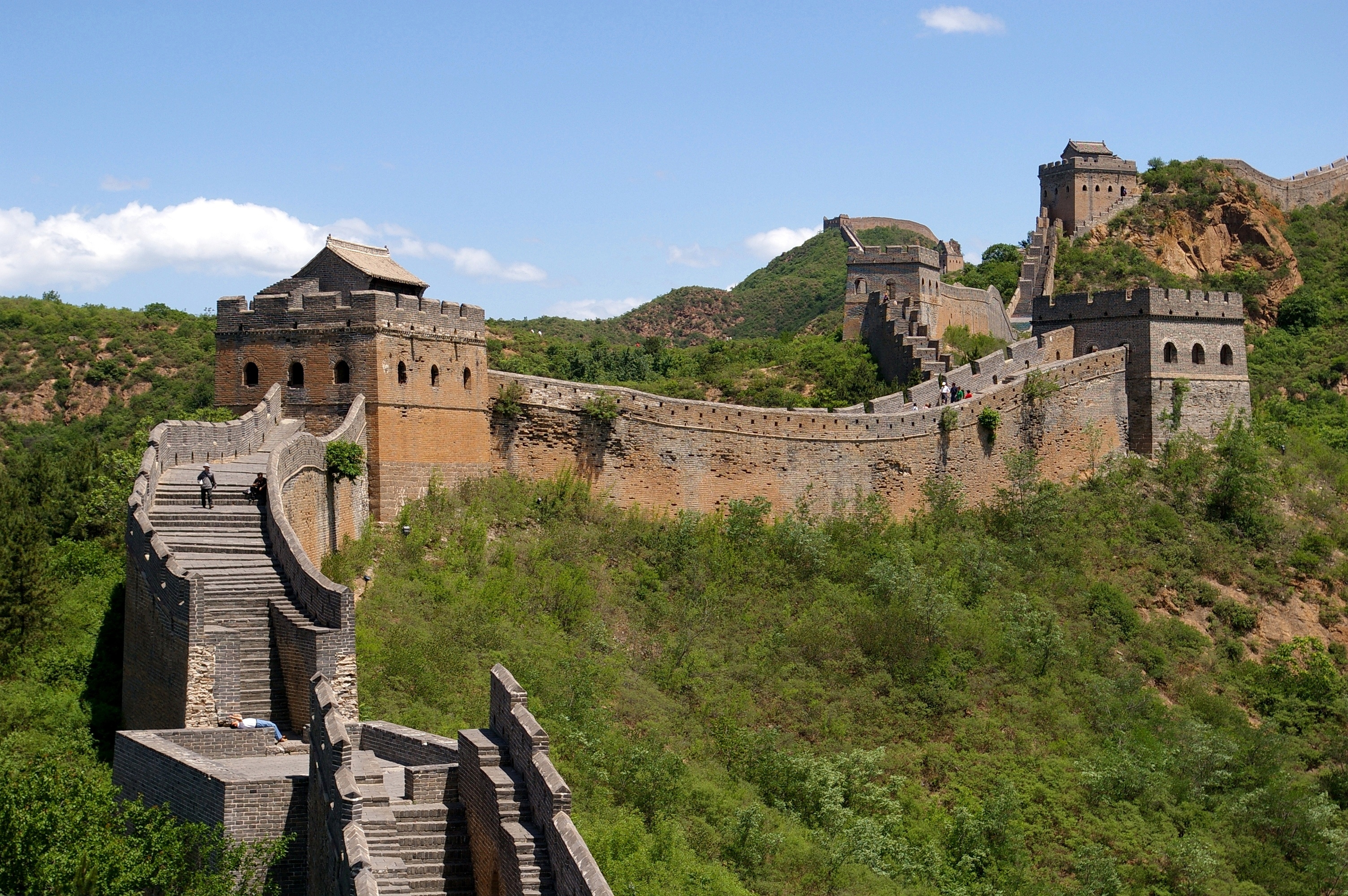The Han Dynasty
Classical Antiquity
The Great Wall of China | Jakub Hałun, CC BY-SA 3.0 , via Wikimedia Commons
For two and a half centuries, the Warring States Period had raged in China as the Qin, Han, Wei, Chu, Zhao, Yan, and Qi states all emerged as independent kingdoms struggling against one another for dominance in the wake of the Zhou Dynasty's collapse.
In 230 BC, Qin Wang Zheng (King Zheng of Qin) conquered the Han State, along with the Wei State five years later. For the rest of the decade, the Chu, Zhao, and Yan put up fierce resistance but the Qin emerged victorious. The King of Qi surrendered in 221 BC without a fight. King Zheng then became known as Qin Shi Huang, the first Emperor of China.
Qin Shi Huang centralized the government of the country and initiated many reforms. He ordered a massive book burning and executed many scholars, suppressing Confucianism, Taoism, Buddhism, and other philosophies in favor of a state philosophy called "Legalism." During this suppression, much of China's early musical history was also lost. He also consolidated China's northern defenses by constructing the Great Wall.
Qin Shi Huang reigned for eleven years and was buried in a massive mausoleum surrounded by the Terracotta Army, a collecting of over eight thousand clay statues depicting the emperor's army.
He was succeeded by his son, Qin Er Shi, who ruled for just three years, lost control of the country in a series of rebellions, and was forced to commit suicide by a trusted advisor. A four-year-long civil war ended in 202 BC when a Han leader named Liu Pang established the Han Dynasty.
Liu Pang became Emperor Gaozu. He retained most of the administrative reforms of his predecessor, but ended the book burning and state suppression of scholarship, instead adopting Confucianism as the official state ideology. Art, poetry, and music were supported, leading to a golden age in Chinese history. The Han administration even included the Yuë Fu or "Music Bureau," which catalogued, patronized, and coordinated both entertainment and court ritual.
Endorsed by the Han Dynasty, the writings of Confucius became deeply embedded in Chinese culture. Music is mentioned many times in Confucius' Analects and also in another classic of the Confucian canon, the Li Ki or "Book of Rites." Much of his commentary bears a striking resemblance to the ancient Greek views on music expressed by Plato and Aristotle, particularly in the role of music as a tool for character development and good governance.
Arouse yourself through poetry, establish yourself through ritualized action, and complete yourself with music."
When you enter a state you can know what subjects have been taught. If they show themselves men who are mild and gentle, sincere and good, they have been taught from the Book of Poetry; if they be big-hearted and generous, simple and honest, they have been taught from the Book of Music."
Whenever notes that are evil and depraved affect men, a corresponding evil spirit responds to them; and when this evil spirit accomplishes its manifestations, licentious music is the result. Whenever notes that are correct affect men, a corresponding good spirit responds to them; and when this good spirit accomplishes its manifestations, sublime music is the result. Ceremonies and music in their nature resemble Heaven and Earth, penetrate the virtues of the spiritual intelligences, bring down spirits from above and lift the souls that are abased."
There is even surviving music attributed to Confucius himself, such as this traditional melody called "Solitary Orchid."
Chinese music uses the pentatonic scale, a scale consisting of five tones. The penatonic scale most commonly used in Chinese music is anhemitonic, meaning it contains no semitones, consisting of two whole tones, a third, another whole tone, and another third.

There are not more than five musical notes, yet the combinations of these five give rise to more melodies than can ever be heard."
The Han Dynasty lasted four hundred years. The throne was seized in 9 AD by a Confucian scholar named Wang Mang, who established the short-lived Xin Dynasty, but rebellions broke out throughout China and Wang Mang was killed when the capital city, Chang'an, was attacked. The Han Dynasty was re-established in 25 AD under Emperor Guangwu. Since he moved the capital to Luoyang, east of Chang'an, the period before the Xia Dynasty is known as the "Western Han" and the period after is called the "Eastern Han."
